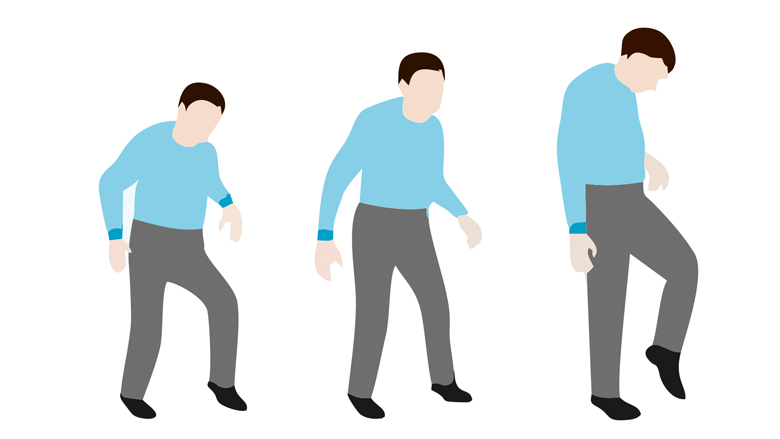

What is Ataxia?
The word Ataxia comes from the Greek and means “without order.” Ataxia refers to disorganized, clumsy movements and difficulties with balance. Coordination of movement requires multiple parts of the nervous system to work together and if one area is damaged ataxia may occur. Your doctor will examine you to see if he/she can determine if ataxia is caused by dysfunction of the brain, spinal cord, or nerves. The most common area of the brain responsible for ataxia is the cerebellum.
What Are the Symptoms of Ataxia?
- Difficulty with balance when standing
- Difficulties with walking which may include:
- Walking with your feet spread wide apart
- Swaying or falling to one side or the other
- Inability to walk in a straight line
- Falls because of unsteadiness
- Uncoordinated, clumsy hand movements
- Shaking (tremor) that usually gets worse when reaching for a target. It can affect arms, legs, head or even the whole body.
- Problems with speech, mainly slurring
- Problems with eye movements that can cause double or blurred vision
- Dizziness
What Are the Causes?
Ataxia is a neurological sign and not a disease. There are many possible causes including:
- Brain damage from tumors, stroke, head trauma, infection, etc.
- Vitamin deficiencies such as low levels of vitamin B1, B12 or E
- Exposure to certain drugs or toxins such as phenytoin, carbamazepine, barbiturates, sedative drugs, some antibiotics, lithium, amiodarone and alcohol
- Autoimmune issues such as multiple sclerosis, an immune response against a tumor, brain blood vessel inflammation or celiac disease
- Metabolic diseases such as thyroid gland dysfunction or low blood sugar levels
- Neurodegenerative diseases where the brain loses nerve cells, such as multiple system atrophy (MSA), spinocerebellar ataxia (SCA), etc.
- Hereditary (inherited or genetic) causes
How is it Diagnosed?
To diagnose ataxia, a doctor needs to ask about your clinical history, including a thorough family history. You will also have a detailed neurological examination and, if necessary, diagnostic tests that may include:
- Imaging studies: a brain scan using computerized tomography (CT) or magnetic resonance imaging (MRI) and/or a spine MRI
- Tests for blood, urine and spinal fluid samples
- Tests on blood pressure and urinary function
- Cardiac examination
- Nerve conduction studies and electromyography (ENG/EMG)
- Cognitive or neuropsychological evaluation
- Eye evaluation
- Blood tests for genetic/hereditary ataxias
Is There a Treatment for Ataxia?
Treating ataxia depends on the cause. If the ataxia is due to drugs or toxins, stopping the exposure to that agent may improve the ataxia. Treatment may be possible for certain vitamin deficiency, tumor, autoimmune issues or metabolic disease. Some genetic ataxias may have a specific vitamin or drug treatment. When there is no specific treatment available, physical, occupational and speech therapy may help to improve the function and quality of life of patients with ataxia.
